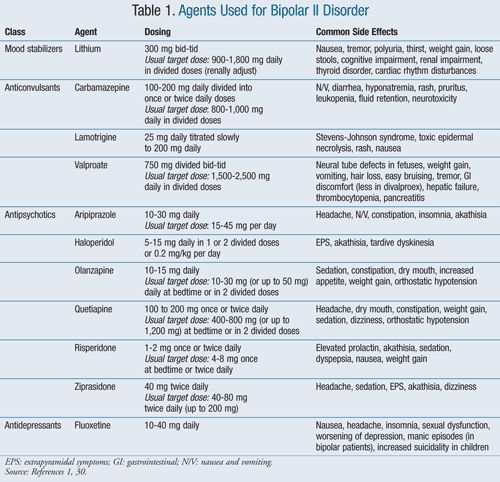How to change brain waves
How To Change Brain Waves At Will?
What inspired me to write a post about knowing how to change brain waves at will?
A memory! As a young boy, I saw a magazine picture of a man with electrodes strapped to his head. I thought the researchers were reading his mind!
EEGs have been “reading our minds” for nearly 100 years.But as I learned more about medical procedures, I realized what I had seen was more likely, a man getting an EEG (electroencephalogram) of his brain waves. An EEG detects the brain’s electrical activity through small metal electrodes attached to specifying spots on the skull.
The first encephalogram occurred on July 6, 1924, during a surgical procedure on a teenager. When the neurosurgeon, Dr. Nikolai Guleke, reported his findings in 1929, he referred to the electrical frequencies as “beta” and “alpha” waves.
For the next 40 years, EEGs were a go-to diagnostic tool for diagnosing brain injuries and neurological disorders. They lost their preferred status with the arrival of the computer tomography (CT) scan but remain in use for various tests and research projects.
Over time, researchers have identified three more brain waves and how they affect us, for a total of five.
The Five Brain Wave Frequencies and What They Do
Delta waves: The lowest-frequency (between 0.1 and 4 Hz) delta waves occur in adults during various levels of deep sleep.
Infants and young children spend the majority of their time in this frequency, even when awake.
The amount of time we spend in a delta state slowly decreases as we age. So, the older we get, the more difficult it is for us to “sleep like babies.”
This is especially true of men over 70, according to a study from UC Berkeley’s Department of Psychology Sleep and Neuroimaging Laboratory. They showed a “3-fold deficit” in slow-wave sleep compared to women.
The delta waves that occur during deep sleep levels 3 and 4 can lead to nightmares, sleepwalking, and sleep talking.
Theta waves: Frequencies between 4 and 8 Hz, theta waves correlate with:
- light sleep
- drowsiness
- daydreaming
- intuition
- memory formation
- navigation
- deep relaxation
and meditative states.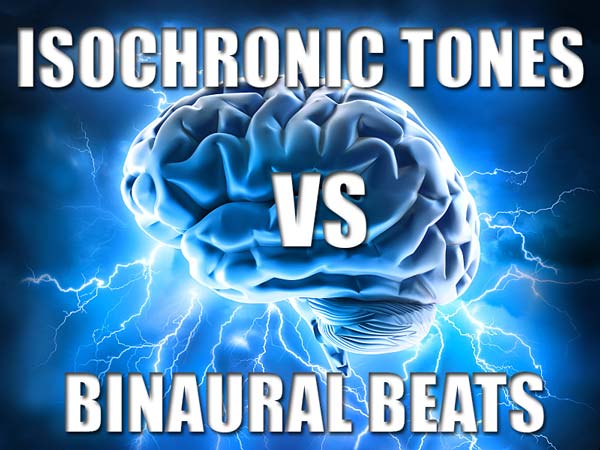
Standing in a hot shower right before bed, listening to your favorite symphony with your eyes closed, or sitting in a meditative position and flowing between sleep and wakefulness – these are all times when theta waves find their rhythm.
Alpha waves: Occurring between 8 and 12 Hz, a slightly increased rhythm from theta waves, alpha waves bring relaxed, non-drowsy awareness during the day.
Studies from Australian and Norwegian researchers found that meditation directly impacts alpha waves by marginally lowering their frequency.
This non-sleepy relaxation is wonderful during the day. However, increased alpha waves at night may intrude on our sleep and leave us tossing and turning.
And being in a deep, alpha-wave-induced state of relaxation can leads to mistakes.
A relaxed awareness of your daytime surroundings means you’re in an alpha state of mind.How to Change Brain Waves at Will?
One study from the UC Davis Center for Mind and Brain found a correlation between alpha brain waves and an increase in mistakes.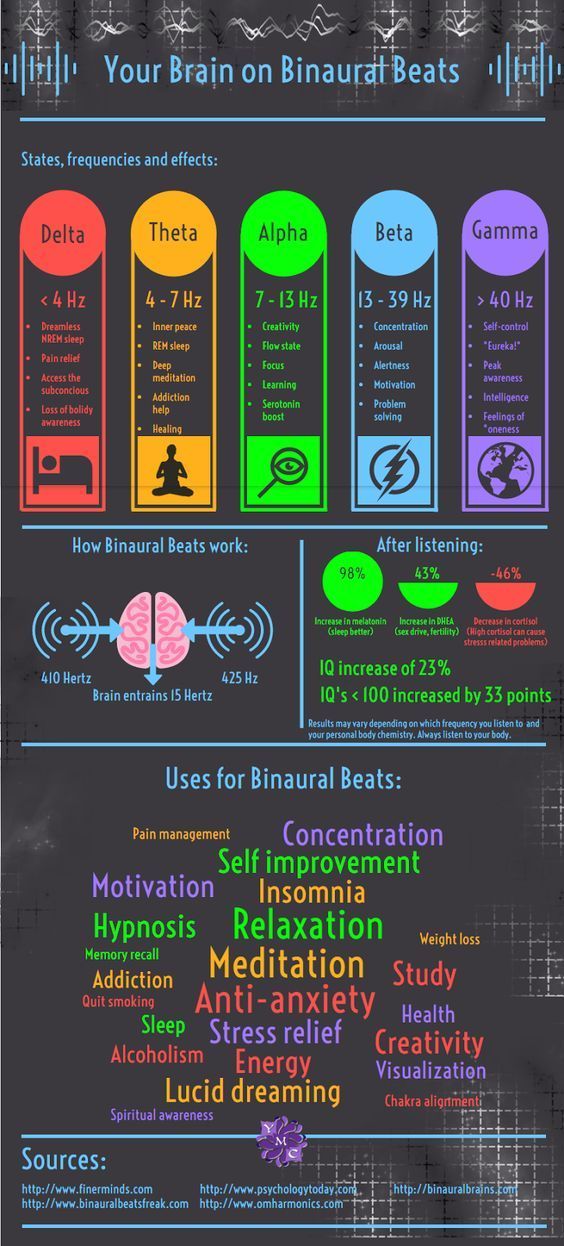 It affected people functioning in auto-pilot mode when engaged in monotonous tasks.
It affected people functioning in auto-pilot mode when engaged in monotonous tasks.
Imagine listening to your favorite symphony while doing a rote task like washing the dishes. Or pausing on a nature hike to appreciate the view. At times like these, you’re most likely functioning in alpha rhythm.
Beta waves: Occurring between 12 and 30 Hz, they correlate with a task-oriented mood. When we are busy, alert, and working on new or complex projects, we’re in beta-wave mode.
Gamma waves: Between 30 and 100 Hz, improve our mental processing and understanding of reality. They also raise our awareness of our surroundings.
And focused meditation also increases the brain’s gamma activity.
How to Change Brain Waves at Will: Step One
Being aware of the five kinds of brain waves is the first step toward learning to change them at will. We can then focus on the activities correlated with each brain wave category:
For example:
- Delta waves – find the most comfortable bed, consume a light plant-based dinner, and prepare for a great night’s sleep!
- Theta waves – on a nice warm day, take a walk in the woods with your blanket or hammock and find the perfect spot for an afternoon of rest and relaxation.
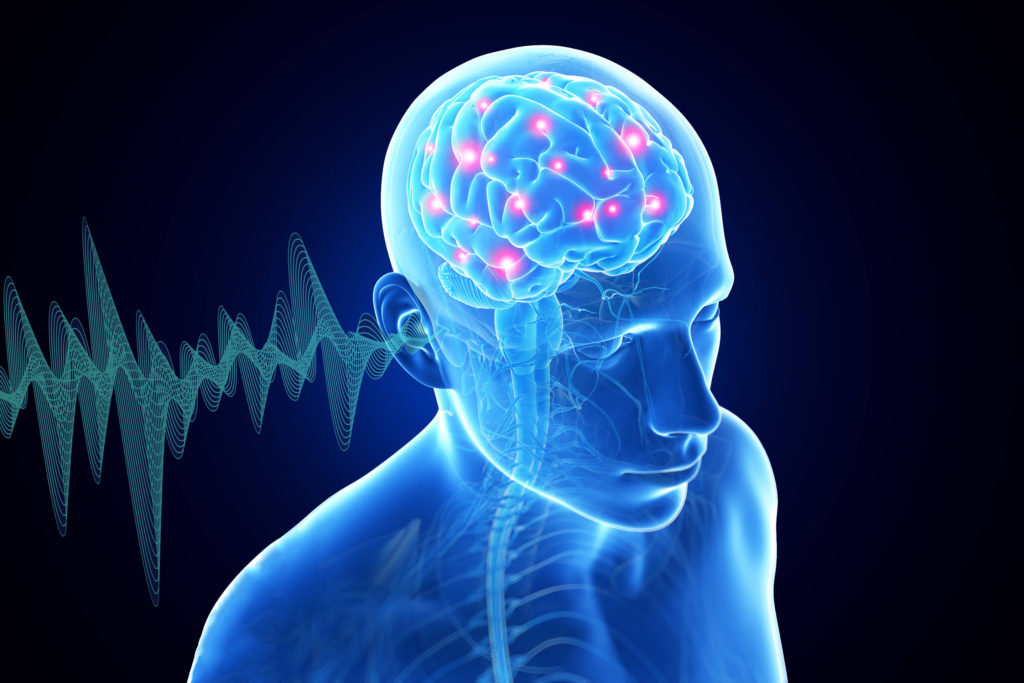
- Alpha waves – drive down a slow country road you’ve driven a hundred times before. As you go, breathe deeply and enjoy your favorite classical music.
- Beta waves – grab that to-do list and get to work!
- Gamma waves – play a difficult concentration-stimulating game or work on learning a challenging new skill.
How to Change Brain Waves at Will: Step 2
Grab a cup and fill it with one of the drinks that directly impact your brain waves. We’ve listed them in order of least to most beneficial.
- Alcohol negatively impacts your brain-wave function, especially at night.
A Melbourne School of Psychological Sciences study on alcohol consumption, brain waves, and sleep found that drinking alcohol in the evening stimulates alpha waves during sleep.
The lack of a good night’s sleep often leads to subpar performance the following day.
- Coffee both positively and negatively impacts brain-wave function.
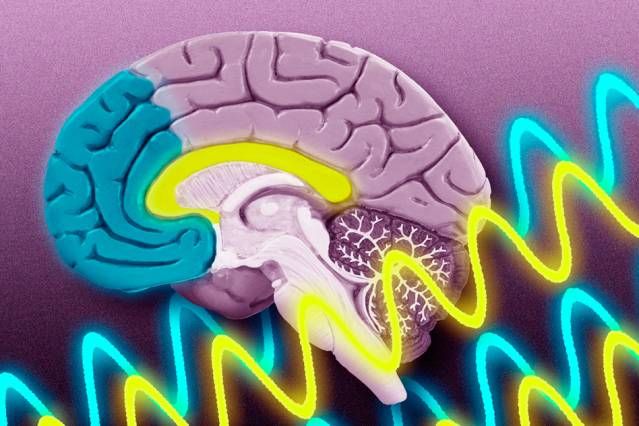
The research finding that “Beta frequency increases significantly after drinking the coffee” should come as a surprise to… nobody?
It’s true that tea’s varying caffeine levels can affect our sleep if we drink it in the evening. But tea also contains L-theanine, an ingredient found only in tea leaves and the bay bolete mushroom.
L-theanine can put us right where we want to be, in a relaxed, focused alpha-wave state. People who meditate achieve this state more often, and so do those tea drinkers!
According to Dutch research, tea consumption significantly improves brain function and consciousness. (See image for the difference in alpha wave activity between those taking L-theanine and the control group).
The L-theanine increases dopamine secretion and alpha waves by crossing the blood-brain barrier.
According to a study published in the Journal of the Science of Food and Agriculture, each serving of 200 ml of black tea contains 25-60 mg of L-theanine!
Conclusion:
All five brain wave categories: delta, theta, alpha, beta, and gamma have distinct roles.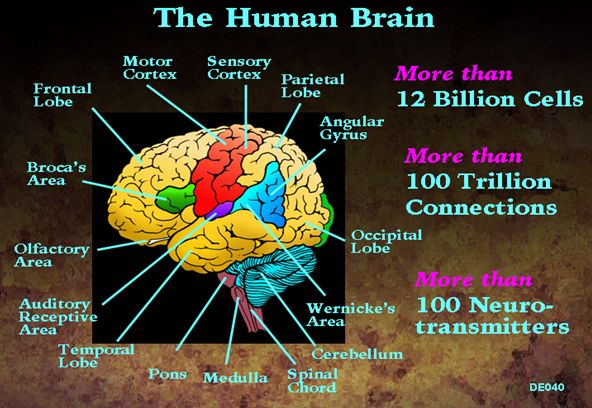 However, alpha waves create a genuinely remarkable daytime state of mind.
However, alpha waves create a genuinely remarkable daytime state of mind.
Our options for how to change brain waves at will are plentiful: we can do it through meditation, music, activities that create a specific state of mind, or what we drink.
And to achieve the calm awareness of an alpha state of mind, drinking tea is the way to go!
Meditation Can Change Your Brain Waves: Here’s How
Researchers show that meditation can induce relaxation-related brain waves, such as alpha and theta waves. Here’s how.
Meditation receives much attention in the United States, since research illuminates its positive health benefits.
In fact, studies reveal that meditation can help reduce stress, decrease depression, improve sleep quality, increase focus, and more.
Not only do research participants who practice meditation report improvements in their overall well-being after meditating, but scientists show that you can physically see relaxation-related changes happening in the brain using brain imaging technology, like electroencephalography (EEG).
Meditation is the practice of slowing down and focusing your mind on the present moment. Meditation generally takes place in a seated position with the eyes closed. The practice can last for as little as 5 minutes or go on for hours. Regardless of the time frame, the purpose of the practice is to prevent the mind from wandering.
What you focus on during your meditation practice can vary. Some of the most common things to focus on include:
- your breathing cycle (in and out)
- a mantra (repeating a phrase in your head)
- the sensations in your body
- the sounds you are hearing
- the visualization of a beautiful destination
Meditation can help you feel more relaxed, and this is reflected in your brain activity.
Brain waves are the measurements of the electrical pulses in your brain. These pulses are measured in a unit of frequency called Hertz (Hz).
There are five distinct levels of frequencies your brain may be pulsing at, and each frequency level represents what type of function your brain is performing (e.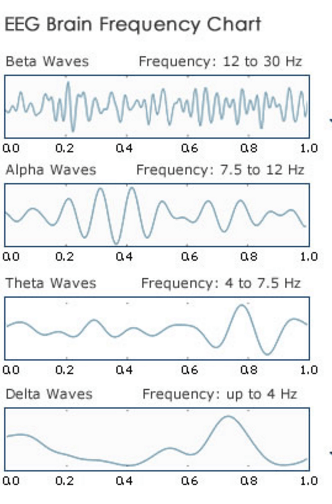 g., sleeping, focusing, recalling a memory, etc.).
g., sleeping, focusing, recalling a memory, etc.).
The five brain frequency levels are:
- Delta (less than 4 Hz). The slowest brain wave. The brain increases delta waves during sleep to reduce awareness.
- Theta (3.5 to 7.5 Hz). A slow brain wave that increases when we are awake but focusing internally (e.g., daydreaming).
- Alpha (8t o 12 Hz). The frequency your brain reaches when it’s relaxed. The brain is alert but not actively processing information.
- Beta (12.5 to 30 Hz). The brain reaches this frequency when it’s alert and needs to process external information.
- Gamma (25 to 140 Hz). Your brain reaches this frequency range when it’s at peak concentration.
During meditation, the most common frequencies an electroencephalogram (EEG) will detect are relaxed-state theta and alpha waves. And, as a result, the average levels of beta waves tend to decrease.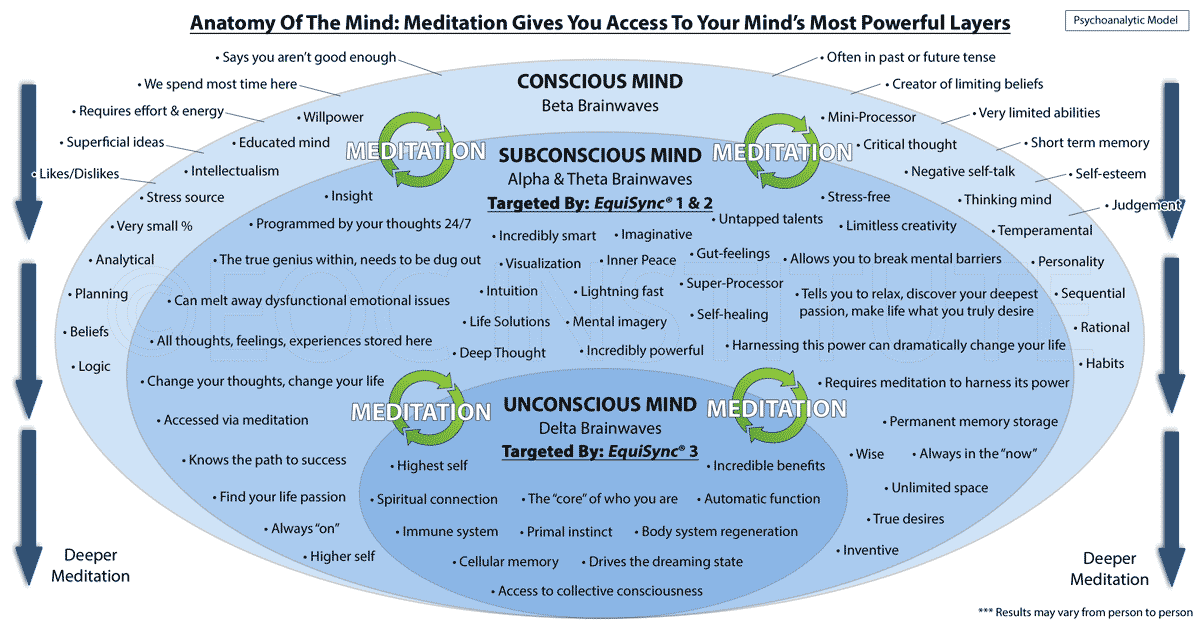
In Dr. James Hardt’s book “The Art of Smart Thinking,” he explores the benefits of increasing theta and alpha wave production in the brain. He argues that these two brain frequencies are the most important frequencies for enhancing creativity and problem-solving abilities.
Meditation can act as a tool to help you access theta and alpha brain frequencies. Once meditation becomes a regular part of your daily routine, Hardt argues it can have lifelong benefits on your brain’s health.
Making alpha waves your dominant brain wave
After practicing meditation for a long enough period, research suggests that alpha frequencies can become the brain’s dominant brain wave.
A 2020 overview on the effects of various forms of meditation revealed that it took students 40 days of practicing a form of mindfulness called Yoga Nidra to make alpha waves their dominant brain wave.
Once alpha waves increased to dominant levels, the research revealed that participants of various forms of meditation and yoga practices experienced:
- improved sleep quality
- reduction in anxiety and depression
- lower stress levels
- enhanced learning and memory
EEG testing on participants practicing meditation reveals that meditation affects brain wave production. What’s so groundbreaking about these findings is that the effect meditation has on brain wave activity not only occurs during the meditation practice itself, but long after the meditation is complete.
What’s so groundbreaking about these findings is that the effect meditation has on brain wave activity not only occurs during the meditation practice itself, but long after the meditation is complete.
In other words, habitual meditation practice can change your brain wave activity for years to come. Research indicates that meditation tends to lead to an increase in the production of theta and alpha waves, which are the brain wave frequencies associated with enhanced learning abilities and overall mental well-being.
The specific type of meditation or mindfulness practice does not appear to matter. What’s most important for altering your brain waves is to make meditation a part of your daily routine.
To access tips on how to bring meditation into your life, these articles may help:
- 10 Types of Meditation and How to Practice
- 1-Minute Mindfulness Exercises
- 6 Ways to Bring Mindfulness Into Your Daily Life
- Active Meditation: How to Meditate While You Move
Is it possible to hack the brain with sound / Sudo Null IT News
Binaural beats, quite possibly, can affect brain waves.
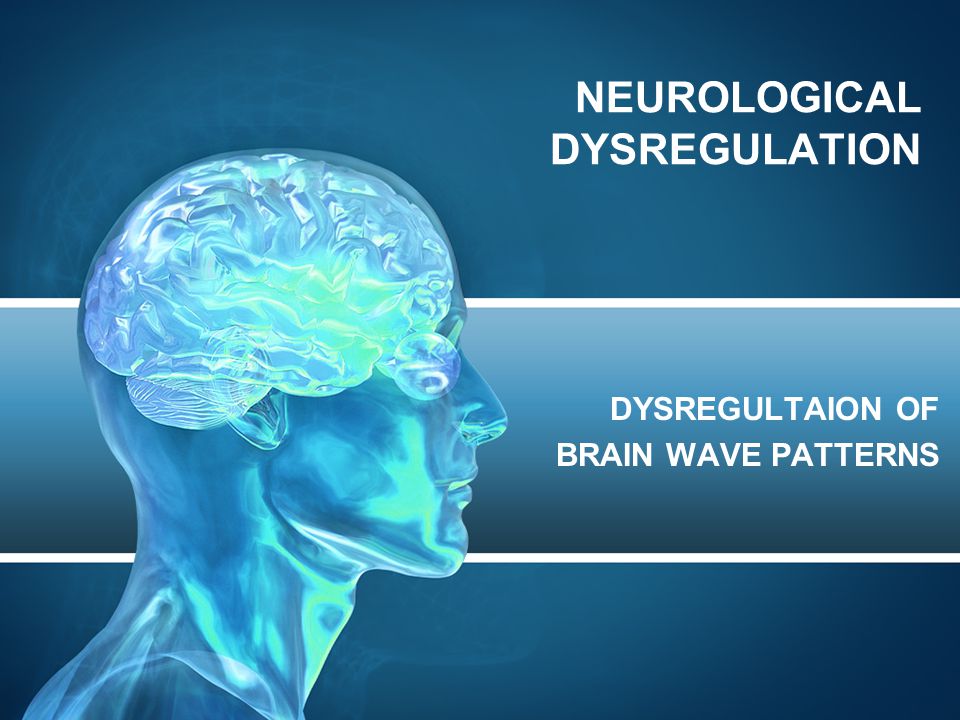 And there is actually less magic in this than it might seem.
And there is actually less magic in this than it might seem. What if I told you that there is a way to improve concentration and alertness, relieve pain, reduce anxiety, help with meditation, and improve the quality of sleep at night? And all this is free and with virtually no side effects. Too good to be true, you say? But it is precisely these properties that are attributed to the "magic" binaural beats.
Binaural beats are, in fact, an auditory illusion that occurs when you listen to sound signals of two close frequencies, each of which is fed to only one ear (“binaural” means “pertaining to both ears”). The brain tries to combine these two sounds, and as a result, you hear a third sound at a frequency that is the difference between the first two (this illusion is created in the brain stem). For example, if you put a 400 Hz sound signal into your right ear and 410 Hz into your left ear, you will feel a beat at a frequency of 10 Hz - this is the binaural beat.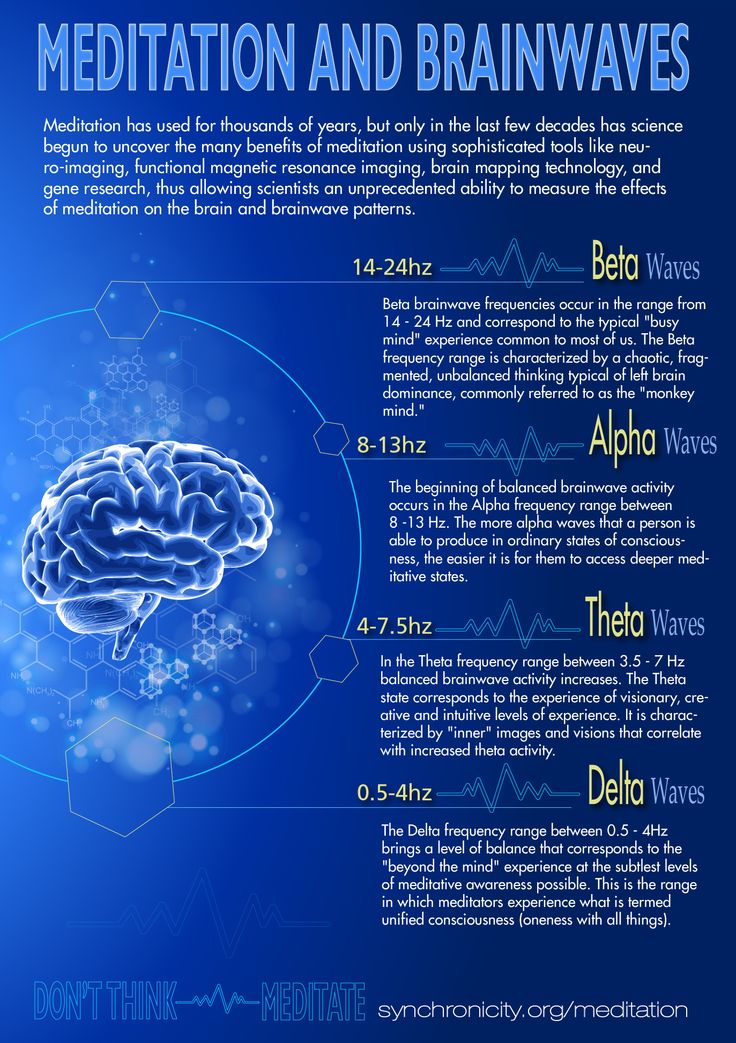 (Examples can be heard here.)
(Examples can be heard here.)
And this is where the “magic” begins: the activity of the brain adjusts to the frequency of the binaural beat. In the example above, the brain starts to "work" at a frequency of 10 Hz. This process is called “brainwave tampering” and is one of the ways in which one tries to “hack” the brain in order to achieve the desired mental state.
Transferred to Alconost
Miguel Garcia-Argibay, a scientist at the University of Örebro in Sweden, whose field of interest is binaural beats, says:
"The attraction of binaural beats is that, in theory, a slight difference in the frequencies of the two signals causes the brain to work at the desired frequency."
The purpose of this influence is to force the brain cells to work at a frequency corresponding to the desired mental state.
The basis of the brain is the transmission of electrical signals, and depending on the type of brain activity, neurons transmit signals at different frequencies. Certain brain wave frequencies (usually measured using an electroencephalogram - EEG) are associated with various cognitive and emotional states.
Certain brain wave frequencies (usually measured using an electroencephalogram - EEG) are associated with various cognitive and emotional states.
- Gamma waves have the highest frequency (30 Hz and above): when the brain works in gamma rhythm, neurons send signals at a frequency of 30 or more times per second. This state of the brain is associated with deep concentration.
- Beta rhythm corresponds to a frequency of 12-30 Hz and is associated with feelings of excitement, attention and anxiety.
- The alpha rhythm is 8-12 Hz: it is associated with a more relaxed state of passive attention, as well as a feeling of sleepiness.
- Theta rhythm corresponds to a frequency of 4-8 Hz and indicates a deep relaxation, focus on internal sensations. This rhythm is often observed during meditation.
- Delta rhythms are the slowest: only 0.5-4 Hz. If the EEG shows delta waves, the person is probably asleep.
The phenomenon of imposing the frequency of brain rhythms is that the brain begins to work at the frequency of an external stimulus - for example, a binaural beat: areas of the brain that normally function at different frequencies begin to synchronize.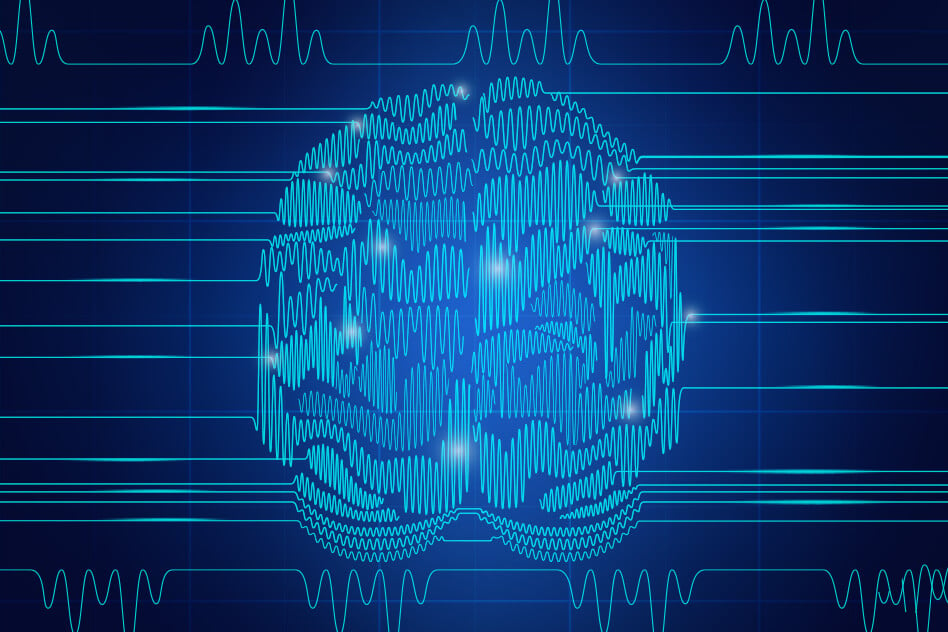 The purpose of this influence is to force the brain cells to work at a frequency corresponding to the desired mental state. For example, if you need to prepare for a test or focus on work, then setting your brain activity to gamma or beta rhythms can increase attentiveness. Or vice versa: if you have insomnia, you can try to trick the brain so that it slows down to theta or delta rhythms - this will help you fall asleep.
The purpose of this influence is to force the brain cells to work at a frequency corresponding to the desired mental state. For example, if you need to prepare for a test or focus on work, then setting your brain activity to gamma or beta rhythms can increase attentiveness. Or vice versa: if you have insomnia, you can try to trick the brain so that it slows down to theta or delta rhythms - this will help you fall asleep.
This sounds great in theory, but how effective binaural beats are at changing brainwave frequencies and whether it actually affects mood and thought processes is still a matter of debate.
Machine learning developer Hector Pérez, who researched binaural beats while studying at McGill University in Canada, says the studies claiming that binaural beats improve thinking ability were very lackluster: “It was not clear whether binaural beats had any any influence at all.
Research on binaural beats is inconsistent. In a recent meta-analysis, Garcia-Argibay compared 22 studies on this phenomenon and concluded that theta frequencies can indeed reduce anxiety levels, and gamma frequencies can increase productivity when working on tasks that require attention.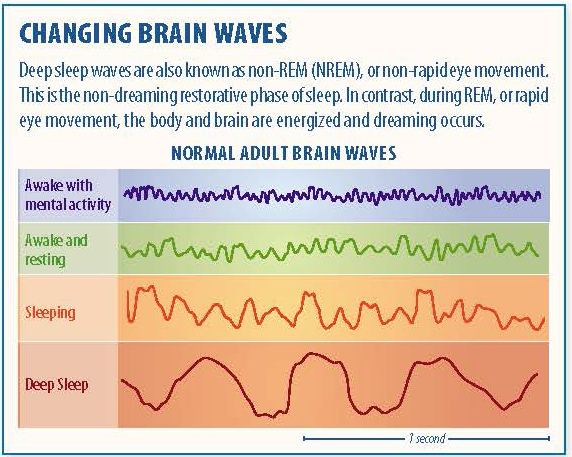 However, the effect of binaural beats on memory has not been as conclusive: some studies have shown improved performance on memory tasks after exposure to beta, alpha, and theta frequencies, while others have reported worse performance when using these binaural frequencies.
However, the effect of binaural beats on memory has not been as conclusive: some studies have shown improved performance on memory tasks after exposure to beta, alpha, and theta frequencies, while others have reported worse performance when using these binaural frequencies.
It is also not entirely clear whether binaural beats can even change the frequency of brain waves. One particularly noteworthy study showed that none of the five frequencies of binaural beats had any effect on the EEG. However, in another study, when measuring intracranial EEGs in patients undergoing brain surgery, changes in brain activity were still observed in response to four of these frequencies. Another study showed the induction of theta rhythms in several areas of the brain after 10 minutes of exposure to a binaural beat of the appropriate frequency.
Garcia-Argibay explains that one of the reasons for these discrepancies is that there is still no generally accepted protocol for studying binaural beats, so different approaches were used in these experiments: rhythm frequency, loudness, duration, presence of background music, moment, in which the recording was playing (before or during the task).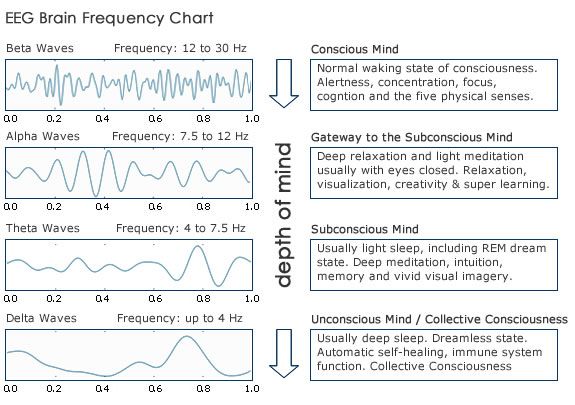 According to the meta-analysis, the best results are obtained if the frequencies are played by themselves (without background music or white noise) for at least 10 minutes before the task.
According to the meta-analysis, the best results are obtained if the frequencies are played by themselves (without background music or white noise) for at least 10 minutes before the task.
There is an interesting twist to this story: it turns out that binaural beats are not the only auditory stimulus that can force the brain waves to the right frequency. Pérez's research, published last month in eNeuro , showed that not only binaural beats have an "imposing" effect: the same can be achieved with monophonic beats - a pulsating sound that is delivered to both ears at the same frequency. Moreover, the monophonic rhythm had an even greater effect on brain waves - but did not change either the mood or the mental state.
Pérez says that the effect of binaural beats on the brain does not seem to be unique, and auditory cognitive neuroscientists have long known that even a simple rhythmic sound (like claps) will force a certain frequency on the brain: “Any rhythmic sound will force the brain to adjust to its frequency.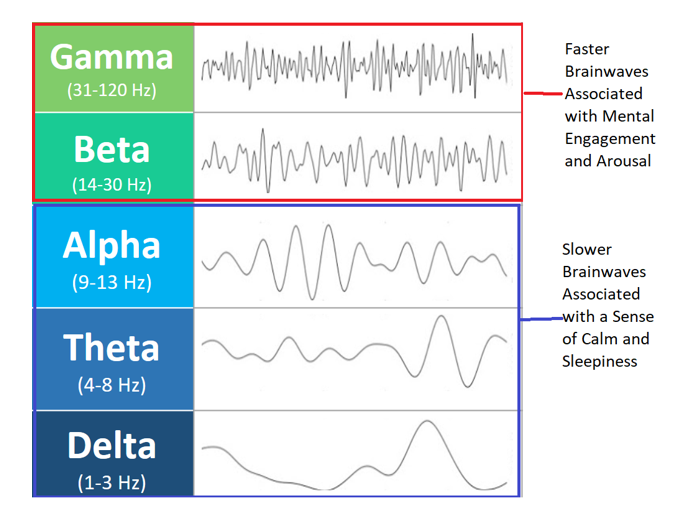 Why would people lose their heads because of such a mundane phenomenon?
Why would people lose their heads because of such a mundane phenomenon?
About the translator
The article was translated by Alconost.
Alconost localizes games, applications and websites into 70 languages. Native translators, linguistic testing, cloud platform with API, continuous localization, project managers 24/7, any format of string resources. And in our Nitro service, you can order text translation online.
We also make promotional and educational videos - for websites, selling, image, advertising, training, teasers, explainers, trailers for Google Play and App Store.
→ More
The brain and its rhythms - basic knowledge
Physiology of the brain.
We often compare the human brain to a complex computer. This analogy is not very successful, but if we talk about the real possibilities and functions of the brain, then the number of logical processes that take place in it is amazingly large.
The human brain is made up of three main elements:
- Glial cells
- Neurons
- Dendrites
1) Glial cells
The name "glial" comes from the Greek word "glia", meaning "to glue".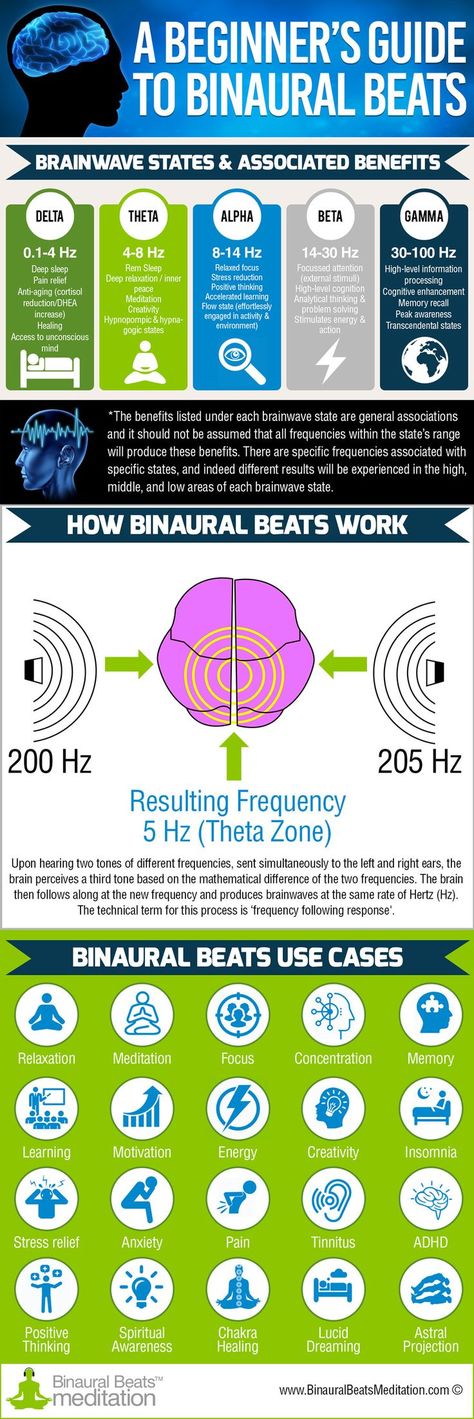 Although these cells have membrane potential, glial cells are mostly nerveless and play a supportive role for the brain and spinal cord.
Although these cells have membrane potential, glial cells are mostly nerveless and play a supportive role for the brain and spinal cord.
7 types of glial cells have been identified, all of which perform different functions. Glial cells maintain high levels of ribonucleic acid (RNA), proteins, and enzymes.
One of the enzymes produced by glial cells is acetylcholinesterase (AChE). Acetylcholinesterase is directly related to memory and the ability to process information. Some types of glial cells, especially astrocytes, provide nutrition for neurons.
Others synthesize myelin, which is used to prevent nerves and neurons from crossing each other. Microglia and astrocytes are phagocytic, which means that they cleanse the central nervous system of dead cells and decay products.
Glial cells have the ability to divide and multiply throughout life. They have branches, but do not have axons and dendrites. Recent studies have shown that some glial cells can act as amplifiers, like transistors.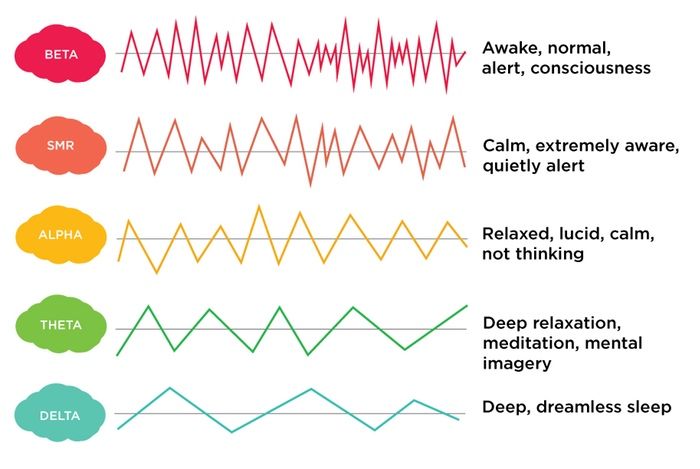
Their purpose is to support neural connections and ensure the functioning of the nervous network that unites various areas of the cerebral cortex.
The human brain is 5 times larger than the brain of a chimpanzee, but contains only 30-50% more neurons. It seems that the intellectual boundaries separating man from monkey are the result of the action in the human brain of glial cells, which outnumber neurons by about 5 to 1.
As a result of new technological developments in the creation of modern research instruments, scientists have been able to study the various activities that occur in glial cells. Research by neurophysiologist Gary Lynch of the University of California, Irvine has shown that in the embryo, before the growth of neurons and axons, glial cells show increased activity.
Glial cells divide and move in the brain through intact tissues. They travel long distances in the brain to reach active areas of the brain, and those that are already in place show incredible responses.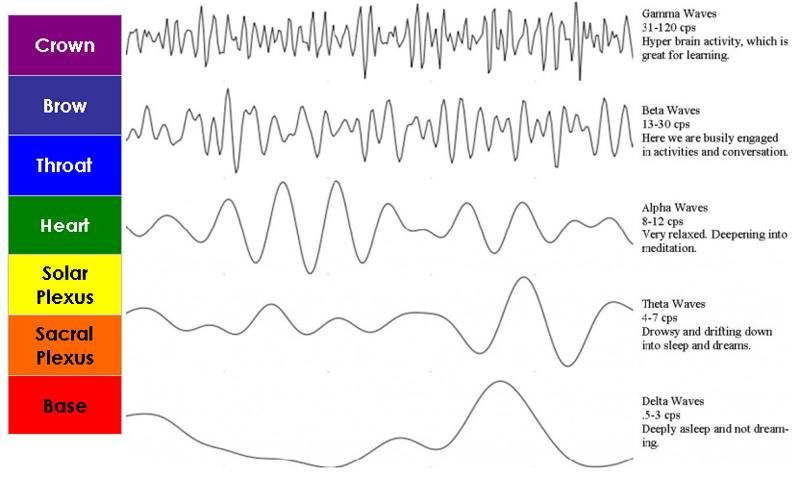 They throw out branches and become very large. All this happens before the axons grow out of the neurons.
They throw out branches and become very large. All this happens before the axons grow out of the neurons.
2) Neurons
Neurons are nerve cells in the brain. They form the gray matter, which is the outermost 2 mm layer of the brain. Neurons are composed of a cell body, an axon, and one or more dendrites.
The function of neurons is to create and conduct nerve impulses.
By the second trimester of pregnancy, the developing brain is already capable of producing about a hundred neurons per minute. By the age of two, a child may already have a hundred million neurons in the brain.
People can lose neurons over time, especially in the part of the brain that is least used, but the loss of neurons is more than offset by an increase in the number of dendrites.
.
The outer surface of the brain, on which the neurons are located, consists of convolutions and furrows (folds and convolutions of the brain). These convolutions and furrows increase the surface area of the neurons.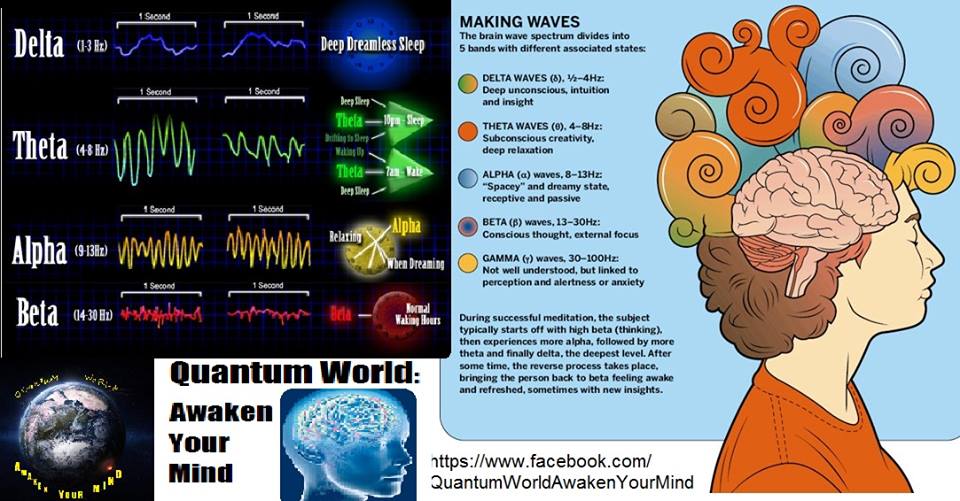
If we straighten the furrows and convolutions of the brain, we get a surface about one and a half square feet.
3) Dendrites
This word comes from the Greek tree. Axons and dendrites serve to connect different neurons. Dendrites are formed due to processes in the protoplasm of neurons, and transmit impulses to the cell body of the neuron. Usually several hundred dendrites are involved.
They form connections, called synapses, with other neurons. As a result, dendrites are the "wiring system" of the brain. They are formed by thought processes, environmental influences, learning and life experiences.
It has been estimated that an educated adult develops approximately 1 trillion dendrites in the brain, which would be approximately 100,000 miles (160,934.4 km) physically measured. Figure 1 shows a neuron and its dendrites.
BRAIN WAVE
A typical neuron takes 1 microsecond to respond to a stimulus, but when millions of neurons respond in unison, they produce "swinging" electrical discharges. These discharges create a rhythm that is called a "brain wave".
These discharges create a rhythm that is called a "brain wave".
These rhythms are amenable to observation through the EEG. EEG records and measures a huge number of neurons responding at the same time.
These rhythms of brain waves are formed into several groups, depending on their frequencies:
Beta, Alpha, Theta and Delta (Beta, Alpha, Theta and Delta.
Michael Mackenzie
The electrical activity of the brain can be determined by means of an EEG (electroencephalogram), which measures the frequency of an electrical potential. This frequency is measured in cycles per second or Hz (Hertz).
At any given time, these frequencies determine your mood. The rate of frequency allows us to group our brainwaves into four categories.
Beta waves are the fastest brain waves, ranging in frequency from 13 to 100 Hz. During Beta wave activity, we are in a normal waking state, attention and concentration. When we feel agitated or anxious, these are fast beta waves (30 Hz).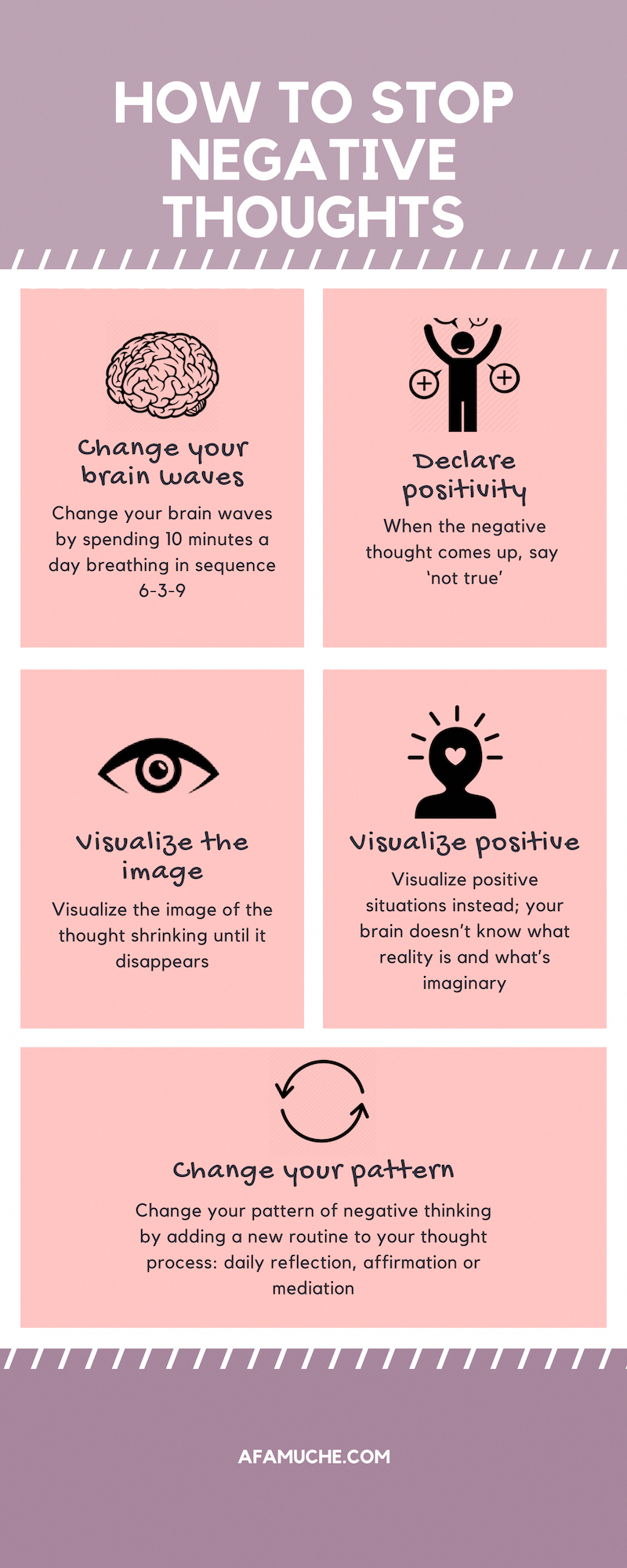 When we feel threatened, in extreme danger, or are in a fight or flight, these are ultra-fast beta waves.
When we feel threatened, in extreme danger, or are in a fight or flight, these are ultra-fast beta waves.
If you close your eyes, relax, become passive and diffuse, your brain wave activity will slow down and alpha waves will appear. They range in frequency from 8 to 12.9 Hz. We enter a state of "over-learning" within the higher end of the Alpha waves, and we begin to produce calming neurochemicals. The deeper structures of the Alpha Rhythm are characteristic of traditional meditation.
As calmness and relaxation deepen into sleepiness, the brain shifts towards slower theta waves. Theta frequency range 4 to 7.9Hz. Theta waves are often accompanied by unexpected, dreamlike mental images. Quite often, these images can be accompanied by vivid memories; as a rule, childhood memories predominate. Theta brain wave activity is associated with healing, increased creativity, sudden insight (eureka) when everything suddenly becomes clear.
Even very advanced meditators can reach the theta state within a short period of time.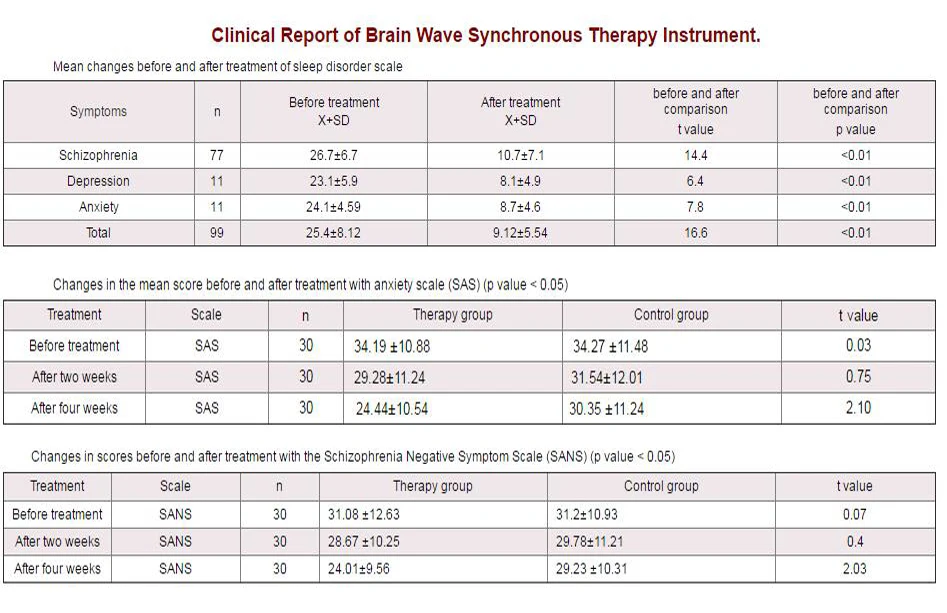
Delta waves are the slowest brain waves, ranging in frequency from 0.1 to 3.9 Hz. Usually, people sleep during delta waves, but there is evidence that it is possible to remain conscious in this state - an extremely deep trance-like state. Also, within the delta-wave activity of the brain, the production of healing somatotropin is significantly increased.
Each of these groups represents a particular type of cortical activity and is associated with states of consciousness such as anxiety, tranquility, dreaming, or sleep.
We are constantly producing some quantity of all these frequencies at the same time. Therefore, the state of our consciousness reflects the mixed activity of the rhythms of different waves of brain activity and their localization.
The rhythm of the waves of brain activity is characterized by the largest power of wave activity of a certain category. For example, a person with closed eyes produces a large amount of alpha and a small amount of beta waves in the visual cortex, because. it does not process visual information.
it does not process visual information.
When the eyes are open, the production of alpha waves is sharply reduced, and the power of beta waves will increase as a result of processing in the visual cortex of incoming visual information.
Each of the rhythms of the waves of brain activity and different states of consciousness corresponding to each type of wave. The classification of brain wave rhythms is changing as scientists gain new knowledge about the brain and states of consciousness. For example, many of these categories now have different subgroups.
BETA WAVES
Beta waves are fast, low amplitude waves, approximately 14 to 40 cycles per second (Hz).
Beta waves are generated naturally when we are in a waking state, an anxious state of consciousness.
Initially, beta waves are a data processing process involving hundreds of small calculations between two nearby cortical regions that work together to achieve a result (“What was that sound or image?”, “What is 2 + 3?”, “This is dangerous ?", "I'm afraid", "What should I do?").
There are 3 main subgroups of beta waves: Gamma (35 to 40 Hz), Beta 2 (24 to 34 Hz) and Beta 1 (14 to 23).
Gamma waves, the fastest, reflect the peak activity of consciousness. Excessive beta 2 activity is associated with heightened emotional states such as anxiety and fear. Beta 1 frequencies are associated with cognitive processes such as problem solving and thinking.
ALPHA WAVE
Alpha waves vibrate in the range of approximately 8 to 13 Hz. Alpha activity represents vibrations between cortical fragments and the thalamic optic tract, known as the corticothalamic loop.
Alpha waves occur during periods of sensory rest (for example, in a quiet room with eyes closed), mental relaxation, deep relaxation, meditation, or peaceful consciousness (dissociation).
Alpha waves are the desired result of meditators.
Traditional meditation methods require 10 years of practice to produce perfect alpha waves. The production of alpha waves is reduced when this part of the brain processes sensory information, as well as in the process of problem solving and cognitive activity.
Increasing the number of alpha waves gives:
- feeling of peace
- improved academic achievement
- warmth in limbs
- increased productivity in the workplace
- feeling of well-being
- reduce anxiety, improve sleep
- improved immune function.
It is believed that the most creative geniuses, such as Einstein, were constantly in an almost unchanged alpha state.
Most of these creative people had poor school performance and were considered dysfunctional students. Perhaps they were too focused on creative activity to pay attention to their studies.
In the last few years, new subgroups of alpha waves have been identified. Mu waves (sometimes called Talfa) are borderline between Alpha / Theta waves (from 7 to 9 Hz). Their active production is associated with a healthy state of consciousness, which gives exceptional intuition and experience of personal transformation.
Some researchers believe that "healthy" mu activity can reduce the state of unreasonable anger and anxiety from hidden problematic childhood memories or emotional trauma from the past. Examples of these waves of brain activity are the Schumann resonance or the "fifth stage" of meditation.
THETA WAVES
Theta wave frequencies are from 4 to 8 Hz.
Theta waves are associated with sleep, twilight, hypnotic trance, REM sleep, and dreaming.
In this state, memory activity increases. Memory improves (especially long-term memory), access to the subconscious increases, the possibility of free association increases, creativity increases, unexpected insights take place.
It is a mysterious, special state of consciousness. For a long time, scientists could not study this state of the brain, because. the average person cannot stay in it for a long time without falling into sleep (which also gives a lot of theta waves).
DELTA WAVE
Delta waves are the slowest waves of brain activity with a frequency ranging from 1 to 4 Hz.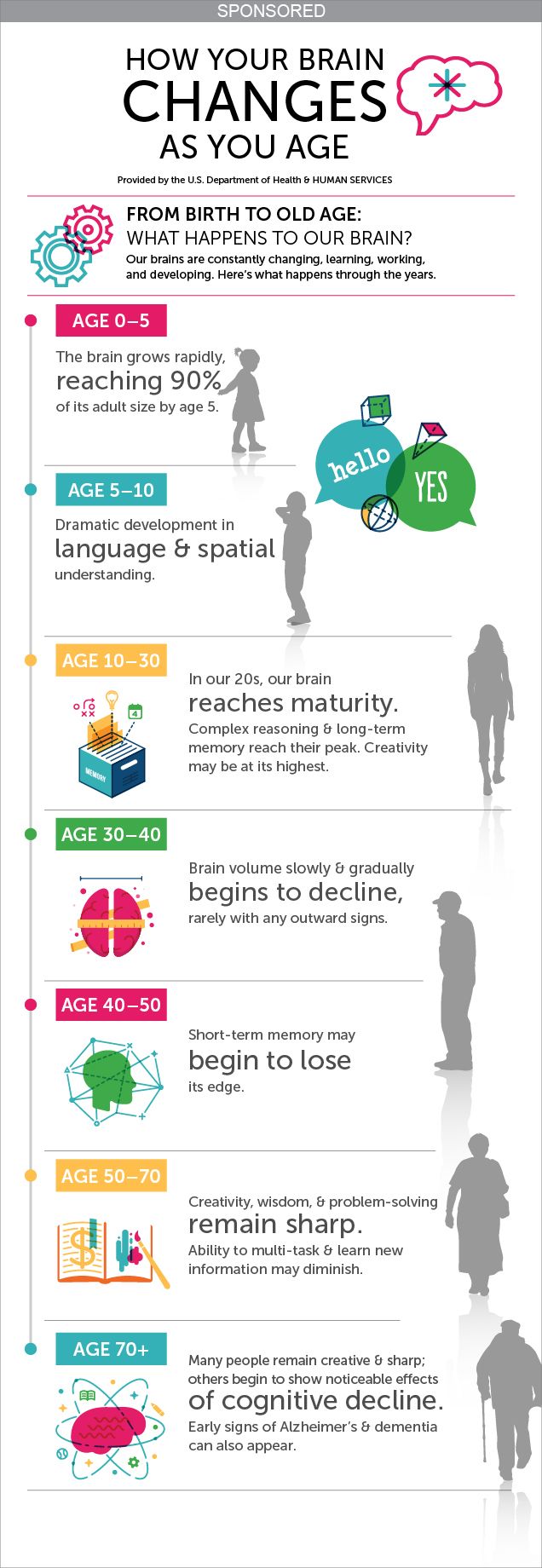 Delta waves dominate when we fall asleep and continue to dominate in deep sleep.
Delta waves dominate when we fall asleep and continue to dominate in deep sleep.
Some researchers are sure that delta waves are present in healers in the state of "healing" and in psychics at the time of receiving information.
The following table presents a summary of the positive brain waves associated with the activity of different groups of brain waves.
Positive Factors Categories of Brain Waves
Perhaps associated with the peak of vital activity. Gamma 35 - 45 Hz
Very active external attention. Beta 2 22 - 35 Hz
Active external attention. Beta 1 15-22Hz
Relaxation, passive attention. Slow beta waves 12-15 Hz
Relaxation, inner attention, meditation, healthy mental state. Alpha (High) 9-13 Hz
Deep Meditation, Insight, Schumann Resonance, Hypnosis Slow Alpha Waves - Mu/Talfa 7-9Hz
Creativity, REM sleep, hypnagogic state Theta 5-7Hz
Sleep improvement. Delta 1 -4 Hz
Within a few minutes, the brain usually produces a number of all kinds of waves. However, for a specific type of activity or behavior, the brain is able to initially produce waves of one group.
However, for a specific type of activity or behavior, the brain is able to initially produce waves of one group.
Essentially, waves of brain activity are like the waves of a lake. When a strong wind blows, large waves appear far in the lake (large amplitude, low frequency). And when we throw a pebble into the lake, small waves appear very close to the place of unrest (low amplitude, high frequency).
An interesting relationship is that as the frequency increases, the amplitude decreases. Figure 3 shows the relationship between the types of behavior associated with the predominance of any one group of frequencies.
BRAIN WAVES AND HUMAN HEALTH
A healthy brain performs many important mental functions simultaneously, producing a large number of brain waves of different frequencies that reflect these functions.
With today's stressful lifestyles, we often show increased beta activity. To overcome this negativity, many are looking for ways to produce alpha waves - a peaceful existence, relaxation.




